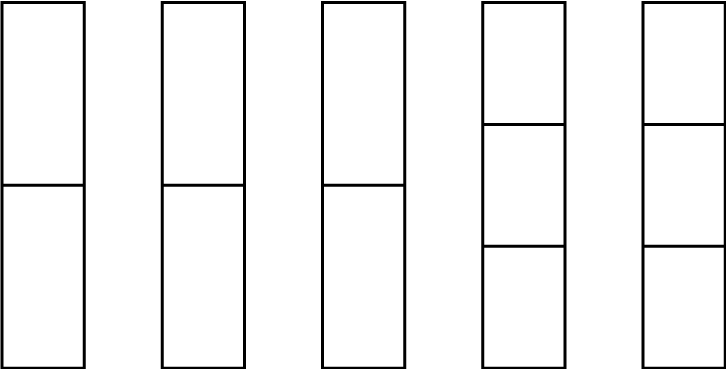What is the optimal way to cut $B$ chocolate bars to share equally between $N$ people?
Here is an example of different cuts for $B = 5$ chocolate bars and $N = 6$ people.
Strategy 1: cut each chocolate bar in $6$ equal parts and, then, give $5$ parts for each person. Number of cuts: $5 \times 5 = 25$.
Strategy 2: cut $3$ bars in $2$ equal parts and cut $2$ parts in $3$ equal parts and, then, give $1/2$ bar and $1/3$ bar for each person. Number of cuts: $3 \times 1 + 2 \times 2 = 7$.
What is the optimal solution for the general problem?
Thanks, Humberto.


